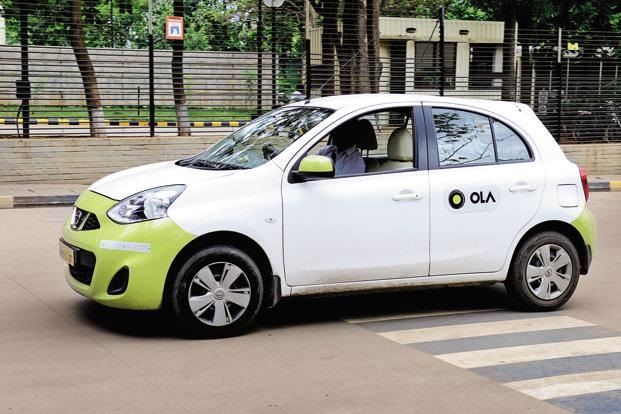It would not be an understatement to say that the children these days are literally using the smartphone and PC apps even before they learn how to walk. As with everything a youngster encounters in the global environment, there are good and bad sides to each practice. Although the majority of applications aimed at children are meant to educate, there are solid reasons why many healthcare specialists and psychologists become seriously concerned.
Not using any particular names, as it would be unfair to evaluate all the children through the same lens, it is still safe to conclude that there is good and bad of children’s apps that should be addressed by the parents and teachers. These tiny electronic devices with the helpful software act as the great education assistants, yet they will never replace an actual teacher or eliminate the necessity to think outside the metaphorical box and make the well-weighted independent decisions. The modern-day children may grow up in a technology environment, yet they are the curious personalities whose minds are in the active development stage, which makes it a crime to try and limit them to what an average children’s application may have in store for them. Visit Irish Paving.
While the good of children’s apps is obvious for most people, it is still important to outline the basic facts before one delves into the negative side of things. The first aspect that most educators neglect is a child’s natural adjustment to the world where being technologically advanced matters more than it did even a decade ago. It is a skill that is not really covered in most school curriculums. Even though there are good Montessori schools that focus on how to survive through the various challenges and learn how to perceive the information, no school can teach how an application functions. As older people always note, the children secretly know where to click and how to open a nice picture in an instant. It only proves that the children’s apps place a challenge that a child tries to solve without any additional help.
It teaches relative independence and helps to develop basic cognitive skills, yet it cannot guarantee that a youngster discovers all the benefits an application may offer. Another good side is the expandability of information offered by the educational apps. As all information is stored in a digital medium, it can be adjusted or changed according to a child’s interest or a chosen subject.
Be it fascination with the animals or learning a bit more about Australia, the teachers or the parents can install additional modules in most children’s apps so the education process continues. Still, knowing how to write a great school essay or become a better writer requires additional help. For example, you can learn more from environment essays by GradesFixer and receive professional help of any complexity level that will please even the young learners.
Check the grammar, style, spelling or have an expert proofread and structure the paper in the right way. This is one more reminder that shows how important it is to have a real person assist with all the learning challenges. Now the bad of children’s apps is more complex because some parents will argue with the facts or assumptions. It is hard to deny that the friendly smartphones often replace the teachers for the children as they run to Google to check every new word they hear and avoid asking the parents about an explanation that would fit their age. The worst part is that it easily becomes an addiction that makes a child feel insecure and nervous once an application is disabled or when the smartphone is taken away.
Unfortunately, most children’s apps are limited as they speak only of a single point of view where a child does not question the nature of things and cannot explore the existing alternatives.
Healthy Balance is the Key
Unlike the books where imagination takes control, most applications are designed to do several tasks only, which turns a child into a machine that learns how to follow a simple set of commands but stops once something goes against the usual route. The good and bad of children’s apps can be summed up in this simple example.
The key is to have a healthy balance of things where a child joins one of the best online courses for kids, yet knows how to tie shoelaces and cook dinner without setting the house on fire or letting the kitchen equipment rest in peace. The psychologists recommend learning the new children’s apps together by asking the child for advice or personal opinion about the features and the things that make a particular app better or worse.
Every young chap likes this kind of attention and an opportunity to show some authority. No application will ever replace a loving parent or a caring teacher, therefore, embrace the technology but do it in a special way to let the child invite you to come along and ask relevant questions while making research if something becomes unclear.
Bio
Follow Connie as she explores the benefits of education apps, the latest research writing tricks, and the ways to become a successful student. As a great online guide, she is an online friend that always inspires. Her posts show how to become motivated and confident as you learn.








